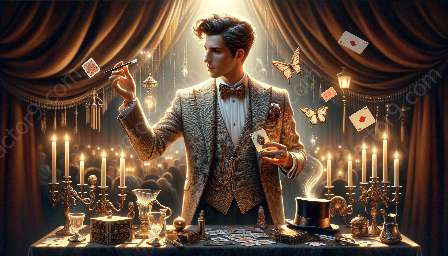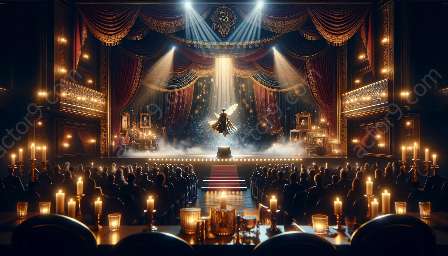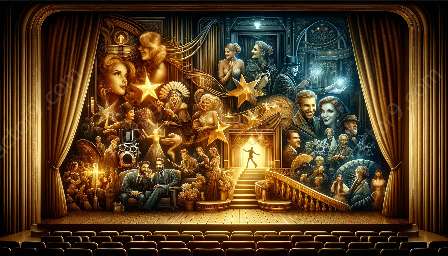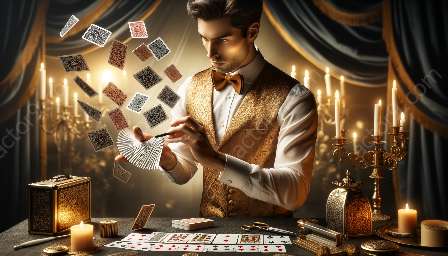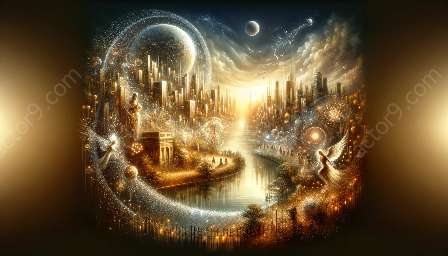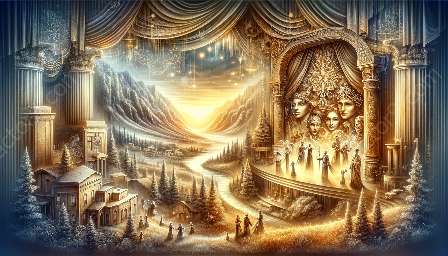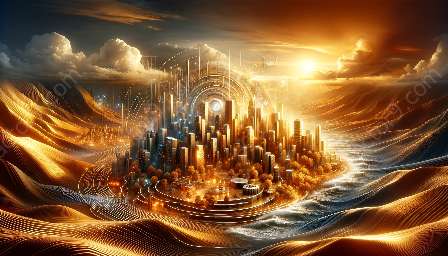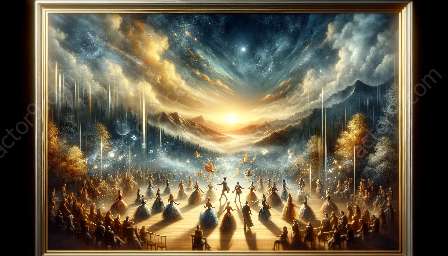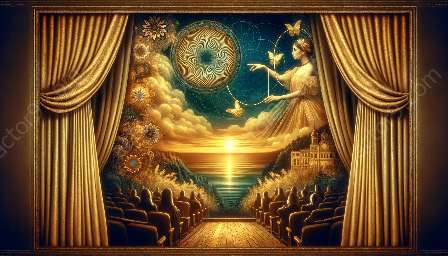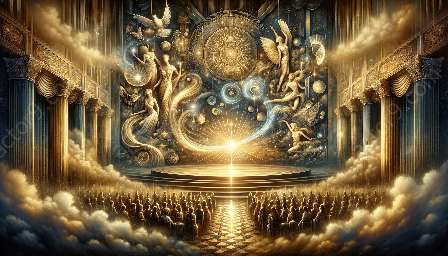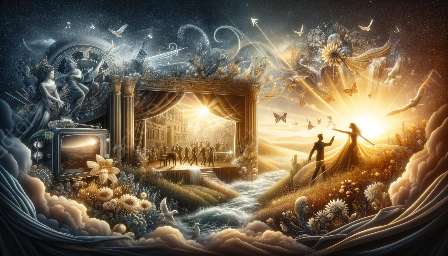In recent years, the influence of technology on training in magic and performing arts has been a topic of increasing interest. The intersection of traditional magic and illusion techniques with modern technology has paved the way for new and innovative training methods and performance experiences.
Technology in Magic and Illusions
The world of magic has always been characterized by its ability to captivate and amaze audiences through the use of illusion and sleight of hand. However, advancements in technology have introduced new dimensions to the art of magic and illusion. From augmented reality and virtual reality to advanced lighting and sound effects, magicians and performers now have a vast array of technological tools at their disposal to create truly mesmerizing experiences for their audiences.
Training with Virtual Reality
Virtual reality (VR) has revolutionized the way magicians and performers train and rehearse their acts. With VR, aspiring magicians can simulate different performance environments, experiment with new lighting and sound effects, and practice their routines in a highly immersive and interactive setting. This technology allows for a more dynamic and efficient training process, ultimately leading to more polished and captivating performances.
Integration of Augmented Reality
Augmented reality (AR) has also found its way into the world of magic and performing arts. Magicians can use AR to enhance their illusions, creating stunning visual effects that seamlessly blend the physical and digital realms. By incorporating AR into their acts, magicians can push the boundaries of traditional magic and deliver truly mind-bending performances that leave audiences spellbound.
Technological Tools for Enhancing Performances
In addition to training, technology has also radically transformed the way magic and performing arts are presented to audiences. Sophisticated lighting and sound systems, interactive projections, and state-of-the-art special effects have become indispensable tools for creating immersive and unforgettable experiences. The integration of technology has allowed magicians and performers to bring their wildest creative visions to life, elevating the art form to new heights.
Challenges and Opportunities
While the influence of technology has undoubtedly brought about numerous benefits for magic and performing arts, it also poses certain challenges. Magicians must strike a careful balance between using technology to enhance their acts and preserving the element of wonder and mystery that is central to the art of magic. Additionally, the reliance on technology introduces the need for technical expertise, requiring magicians to not only master traditional sleight of hand but also become proficient in the use of various technological tools.
Ultimately, the influence of technology on training in magic and performing arts represents a dynamic and ongoing evolution of the art form. The seamless integration of technology with traditional techniques has opened up new possibilities for magicians and performers, allowing them to push the boundaries of what is possible and deliver truly extraordinary experiences to their audiences.


